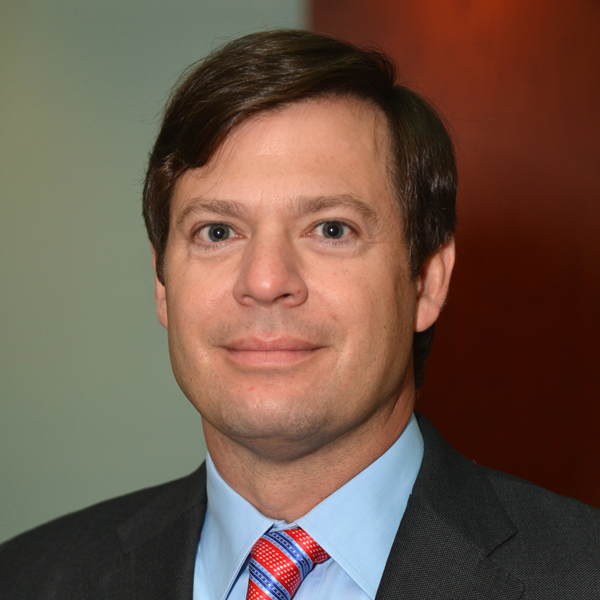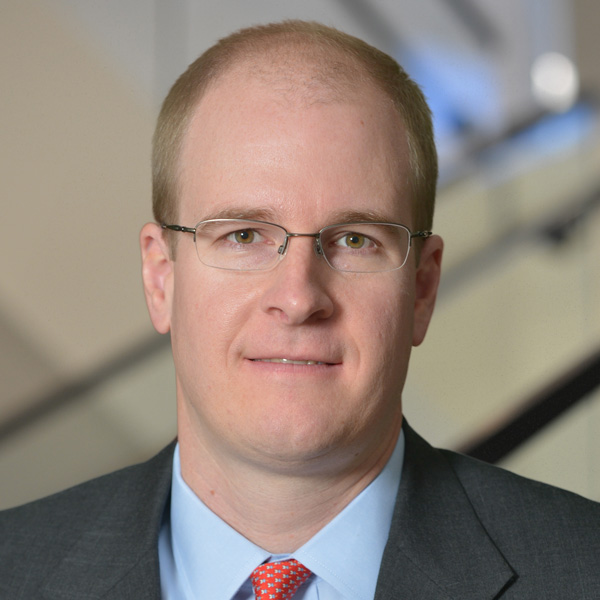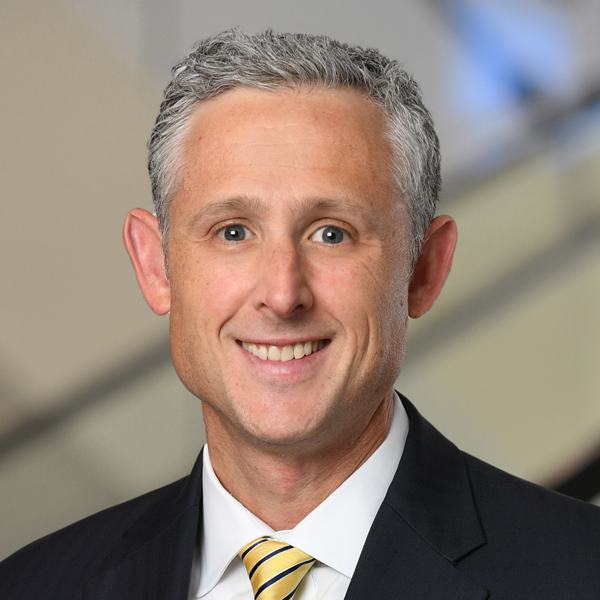Consider this hypothetical: while an electronic cigarette or other electronic nicotine delivery system (ENDS) product (“e-cig”) is charging, a fire erupts in the same room, causing substantial property damage and personal injury. Fire investigation agents are not able to discern the ultimate cause of the fire. The e-cig is powered by a lithium ion battery. A forensic analysis of the charred battery shows signs of an internal short circuit. However, Plaintiff’s expert acknowledged that an external fire may also cause a lithium ion battery to short circuit. How can the Defendant combat Plaintiff’s allegation that the e-cig caused the fire?
While there have not been any reported e-cig cases on this specific issue, this alert discusses two cases outside of the e-cig context that address similar issues and thus may offer insight into how courts will answer the question above in the e-cig context. In particular, these cases highlight the importance of the reliability of a plaintiff’s expert’s methodology under the Federal Rules of Evidence and Daubert, and demonstrate how such reliability requirements can be utilized in defense of similar claims.
I. Admissibility of Expert Evidence
Before a party’s expert witness can address the ultimate issue of the source of a fire, the admissibility of the proffered expert’s testimony must be established. In federal courts, the trial court must act as a gatekeeper for expert testimony because “[e]xpert evidence can be both powerful and quite misleading because of the difficulty in evaluating it.” Daubert v. Merrell Dow Pharmaceuticals, Inc., 509 U.S. 579, 595 (1993). Among other steps, the court must evaluate the reliability of his or her methodology. In doing so, among other factors, the court should consider whether the theory: (a) can be and has been tested; (b) has been subjected to peer review; (c) has been evaluated in light of potential rates of error; and (d) has been accepted in the relevant scientific community.
II. Reliability of Expert Testimony in Fire Source and Origin Cases
a. Gopalratnam v. Hewlett-Packard Co.
In Gopalratnam v. Hewlett-Packard Co., 877 F.3d 771 (7th Cir. 2017), the parents of a man killed in a house fire brought suit, alleging that the fire was caused by a defective lithium ion battery cell in the decedent’s laptop computer. Plaintiffs supported their causation theory solely through testimony of their expert witnesses, whom defendants moved to exclude under Federal Rule of Evidence 702 and Daubert. 877 F.3d at 775.
One of plaintiffs’ experts opined that an “internal fault” in one of the lithium ion battery cells caused a short circuit—due to either a manufacturing defect or a failure of the protective circuitry—which caused the cell to eject its internal contents and cause the house fire. Id. at 783. He based his opinion on differences between the cell at issue and other cells found in the remains of the laptop. Specifically, he referenced the differential appearance of the cell thought to cause the fire, as it had warped into a different shape and was the only cell to eject its internal contents, while the other cells retained their dimensions. Id. at 783-84. This “differential nature” was central to the expert’s opinion, as he asserted that exposure to an external fire (as opposed to an internal fault) would have caused consistent results amongst the cells due to exposure to the same heat conditions. Id. at 784. Because the condition of one cell was clearly different, he opined that the temperature history of that cell must have been unique. Id.
The Seventh Circuit held that the expert’s opinion was unreliable due to the method by which he derived his conclusions from the underlying events. Id. While plaintiffs’ expert determined that the cells’ differential appearance suggested that one cell had a different failure mechanism, this inference relied almost entirely on the premise that the exposure of cells to external fire (as opposed to an internal fault) causes “predictable results” amongst the cells. Id. However, the expert’s central underlying premise—that exposure of cells to an external fire causes predictable results—was not only unsupported but contrary to principles of generally accepted battery science, i.e., that individual cells can react differently to external fire. Id. at 784-86. Thus, the Seventh Circuit held that the expert’s ultimate conclusion—that an internal flaw created the fire hazard that lead to the decedent’s death—was not admissible, and it affirmed defendants’ motion to exclude the expert. Id. at 784, 787-88.
b. Pride v. BIC Corp.
In Pride v. BIC Corp., 218 F.3d 566 (6th Cir. 2000), the widow of a man who died from severe burns after his clothes caught on fire brought suit, alleging that the fire was caused by a defective BIC lighter. In addition to discovering various parts of a newly purchased lighter strewn around the decedent’s body, the investigators ruled out “foul play,” an electrical accident, and natural gas as the cause of the fire. 218 F.3d at 569.
One of plaintiffs’ experts opined that the lighter failed to extinguish while in the decedent’s shirt pocket, continuing to burn and ultimately erupting in an explosion, engulfing the decedent in flames. Id. at 570. In support of his theory, the expert testified that he examined the recovered parts of the lighter and conducted a “failure analysis,” which indicated that the lighter failed to extinguish due to a gas leak resulting from a manufacturing defect. Id. at 571. However, at the Daubert hearing, the expert conceded that he did not perform any tests to replicate his proposed scenario. Id. On the other hand, defendants presented expert testimony at the hearing that the lighter exploded as a result of being exposed to an external heat source. Id. at 573-74.
Following the Daubert hearing, the district court excluded plaintiffs’ expert witnesses and granted defendants’ motion for summary judgment. Id. at 574-75. The appellate court affirmed the district court’s holding that the methodologies employed by plaintiffs’ expert witnesses were too unreliable. Id. at 578. Specifically, plaintiffs’ experts failed to conduct replicable experiments demonstrating that the fire and resulting damage were consistent with the proposed “failure to extinguish” theory, and such theory was contradicted by the defendants’ expert testimony as well as by one of plaintiffs’ own experts. Id. Ultimately, the appellate court held that the failure of plaintiffs’ experts to test their hypotheses in a reliable manner or to validate their hypotheses by reference to generally accepted scientific principles rendered their testimony on the cause and origin of the fire unreliable and inadmissible. Id.
III. Takeaways
Despite not involving e-cigs specifically, these cases address issues that are relevant in the e-cig context and may help predict how courts will view similar situations in e-cig litigation. In particular, both of the cases discussed above confirm the importance of reliable methodology underlying a plaintiff’s expert’s opinion. In Gopalratnam, a critical flaw in plaintiffs’ expert’s methodology was the assumption that individual cells would react the same way to an external fire. In Pride, the expert’s failure to conduct replicable experiments in support of his theory, especially in light of the defense expert’s testimony that the lighter exploded due to an external heat source, led to the exclusion of his testimony.
By attacking a plaintiff’s expert’s underlying methodology and presenting expert testimony that the fire was a result of an alternative source or cause, defendants may be able to head off a plaintiff’s claims through a Daubert motion. And when such a motion is successful, a defendant will often prevail on summary judgment due to a lack of admissible expert testimony.




